Sugar Skulls Workshop with Keena Azania Romano
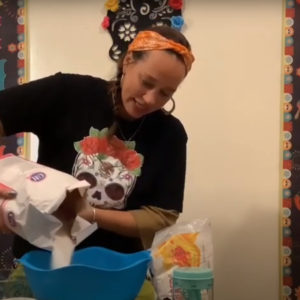
Sugar Skulls Workshop with Keena Azania Romano
Celebrate your ancestors by making sugar skulls for Día de los Muertos with artist Keena Azania Romano. This video is bilingual in English and Spanish.

Celebrate your ancestors by making sugar skulls for Día de los Muertos with artist Keena Azania Romano. This video is bilingual in English and Spanish.
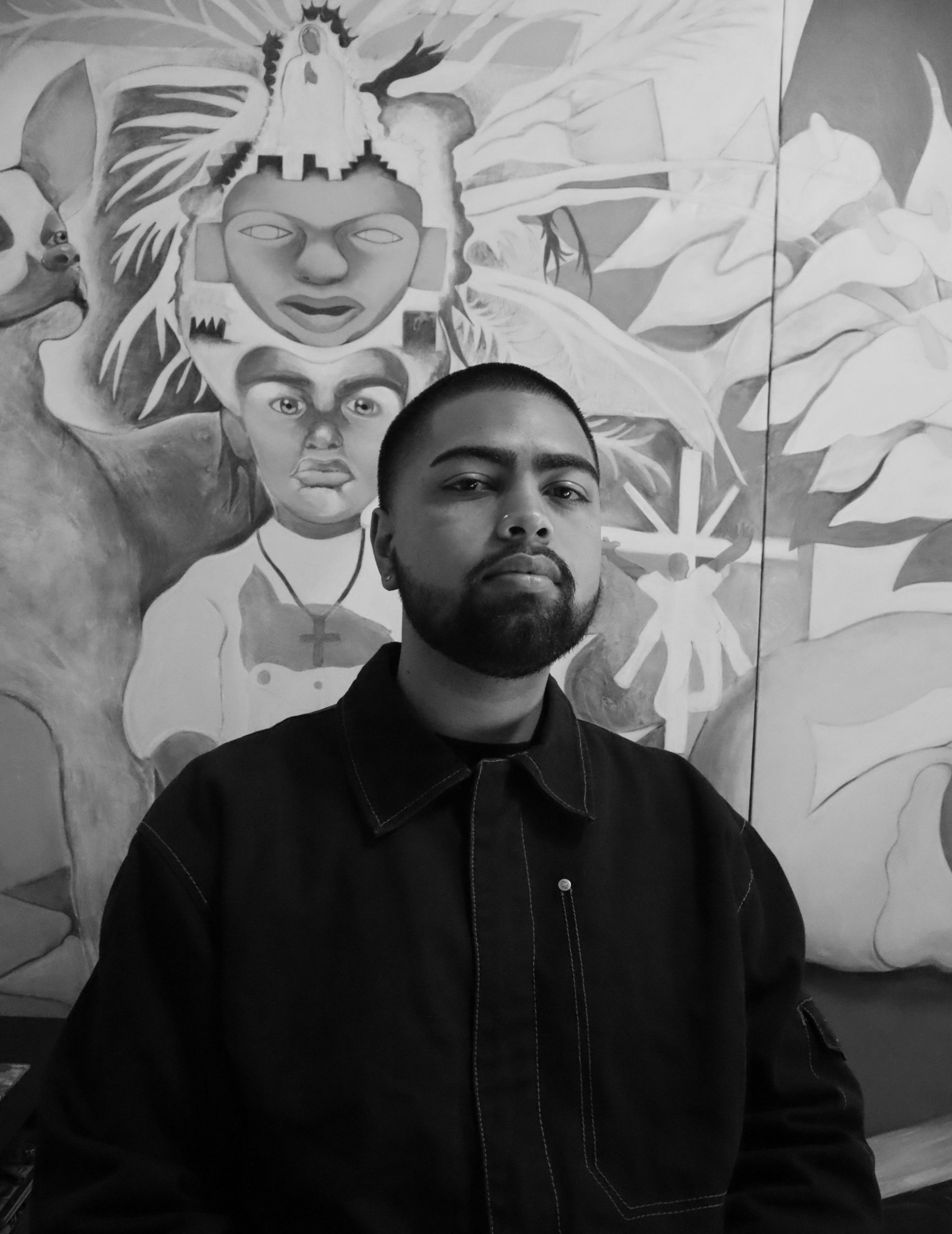
We spoke with teaching artist Hector Munoz-Guzman about his artistic development, current projects, and the class he will be teaching at Richmond Art Center this semester.
As a new teaching artist at Richmond Art Center can you please introduce yourself to our community.
My name is Hector Munoz-Guzman. I am a painter and mixed media artist, and I’m from South Berkeley.
What has your artistic journey been like?
In high school I studied digital media at The Youth Institute in downtown Berkeley. This program introduced me to a lot of different media: drawing, collage, digital art. I also took IB Studio Art with Kimberley D’Adamo. This is where I really started to think seriously about what art I create and who it is for. The work I created in IB Studio Art got me accepted into Parsons School of Design. I later transferred to RISD [Rhode Island School of Design] where I started focusing on large scale paintings. I continued to make mixed media work as well.
I was raised by a single mom who was an immigrant from Mexico. So art didn’t seem like a possibility for a career. But I developed a tag – Gold Rust – that’s about finding the beauty from the limitations you have. I take this into my art practice; being resourceful with materials, making something out of my experiences.
Recently I was awarded a Civic Arts Grant from the City of Berkeley. With this award I’m creating a 7 foot by 24 foot mural depicting me and my family growing up in South Berkeley. I want to honor my family and the place that I grew up.
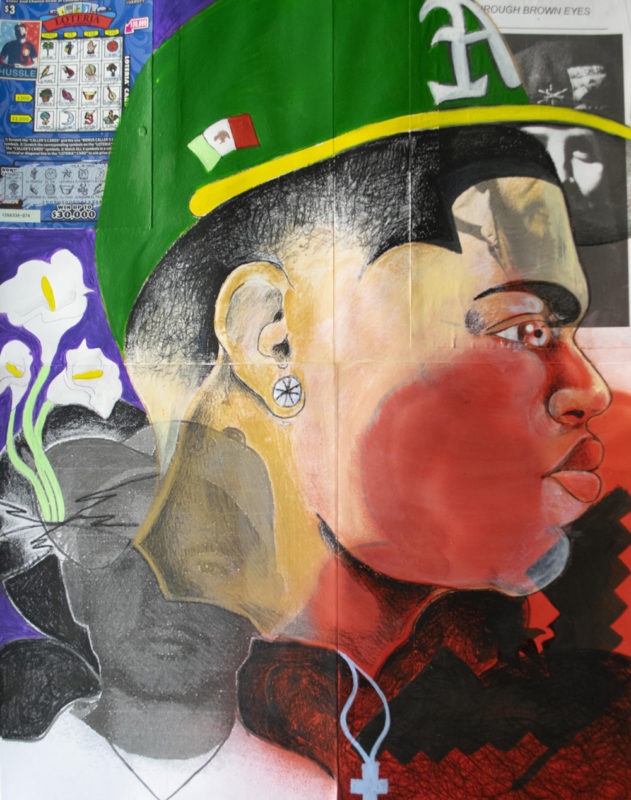
What other projects are you working on?
My work will be in a number of exhibitions over the next year. I recently did a studio visit with a curator from MACLA [Movimiento de Arte y Cultura Latino Americana] in San Jose who is going to include three of my paintings in a show there that will open in December. I’m also going to be exhibiting my work in galleries in San Francisco and Los Angeles in 2023.
In the past I have exhibited at Fall River MoCa in Massachusetts and Bureau Gallery in New York.
What do you like about teaching?
I feel like teachers can be extremely impactful on their students. I’m still in contact with my teachers. They gave me a safe space to feel creative. And I was then granted the opportunity to study at renowned art schools. So I just want to use what I’ve learned and give it back to my community.
Can you tell us about the Mixed Media Illustration class you are teaching at Richmond Art Center this semester?
It’s a class for youth between the ages of twelve and seventeen. The emphasis of the class is using mixed media for personal expression. I will support students with skill development using different media – crayons, pencils, collage, paint – and help them find media they feel comfortable with. But the main focus of the class will be encouraging students to explore and develop their own narratives, characters and subjects. Students will develop a body of work that is connected to where they come from; that tells their stories and expresses the ideas that are important to them.
Is there anything else you’d like to share about the class?
I just want to offer a space for students to feel they are making work that is important to them. That they are making work for themselves first.
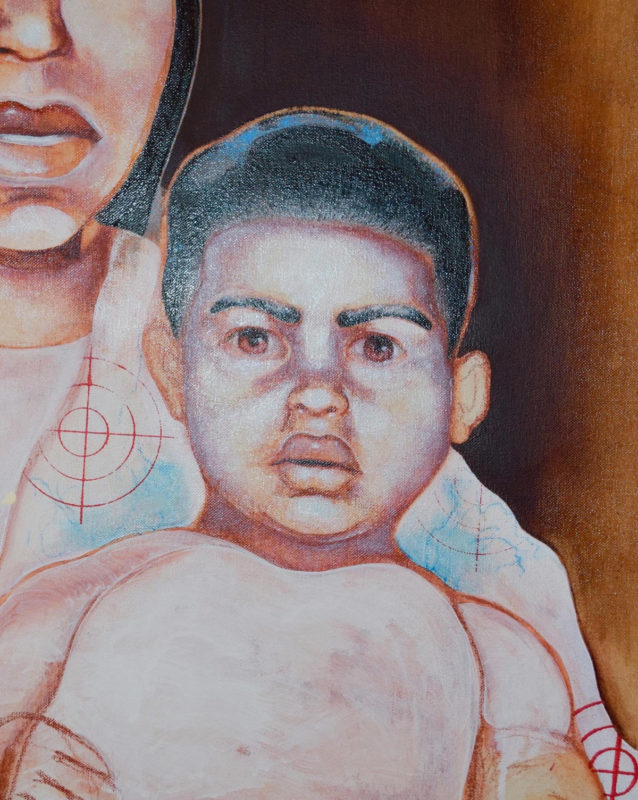
Visit Hector Munoz-Guzman’s Instagram account @hectorfmunoz to see more of his work.
Mixed Media Illustration will run on Thursdays, 5pm-7pm starting on October 26 and running through to November 16. CLICK HERE to learn more about the class. (And don’t forget we have needs-based scholarships available!)
Top image: Hector Munoz-Guzman
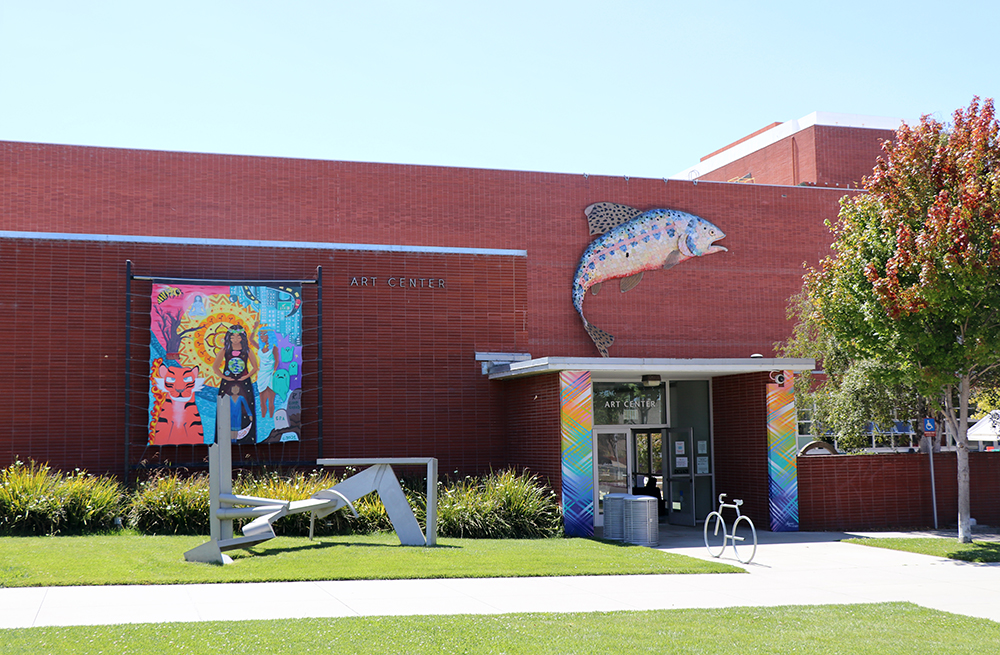
Dear RAC Community,
Due to rising operating costs and changes in funding, we are making the difficult choice to increase our class prices. This increase will be starting Winter Quarter 2023.
We understand this will have an impact for students. We want to assure you that we will continue to offer needs-based Art Boost scholarships for community members, and encourage you to explore our membership program for class discounts.
Thank you for your understanding.
With gratitude,
Richmond Art Center
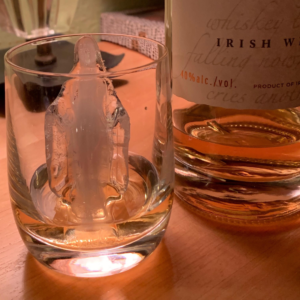
Sign up for these classes so you can get creative to give creative this holiday season!
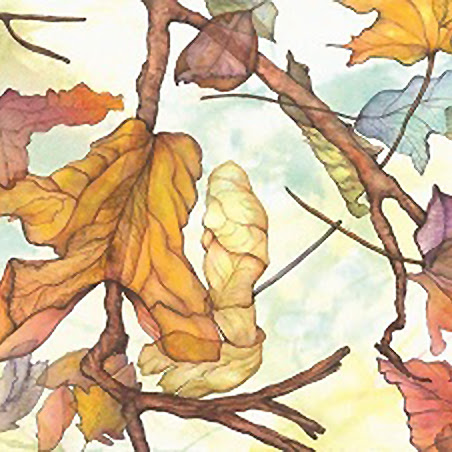
In-Person
Discover how to splash, drip and manipulate paint to create intriguing effects. Students should feel comfortable using watercolor paints.
Adult Workshop (16+)
Saturday, October 15
10am-4pm
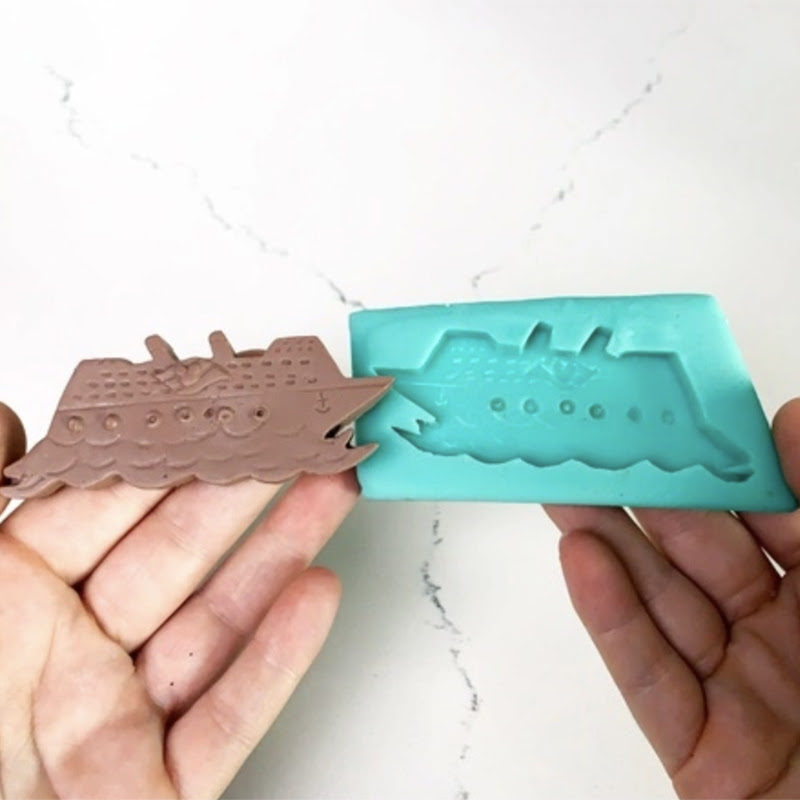
In-Person
Make custom platinum silicone molds that are suitable for baking, ice trays, lollipops, casting chocolate and more! All materials are provided.
Adult Class (16+)
Saturdays, 10am-12pm
Oct 22 – Nov 12
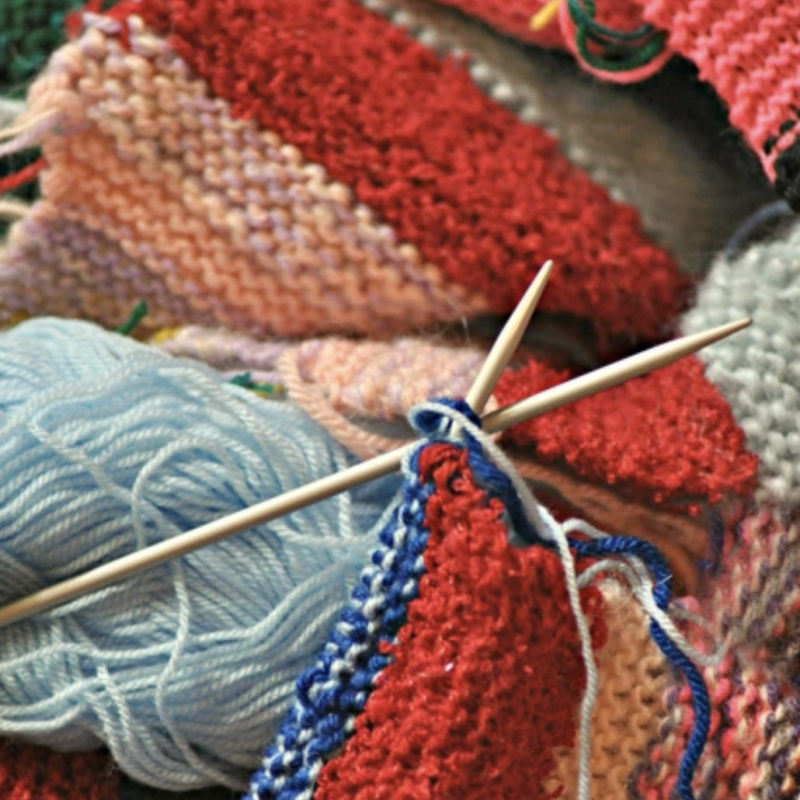
In-Person
Cast on, knit, purl and bind off to make adorable scarves, hats, and blankets! We will demystify gauge, tools and patterns so your projects will fit well and look beautiful.
Adult Class
Saturdays, 1pm-3pm
Oct 22 – Nov 12
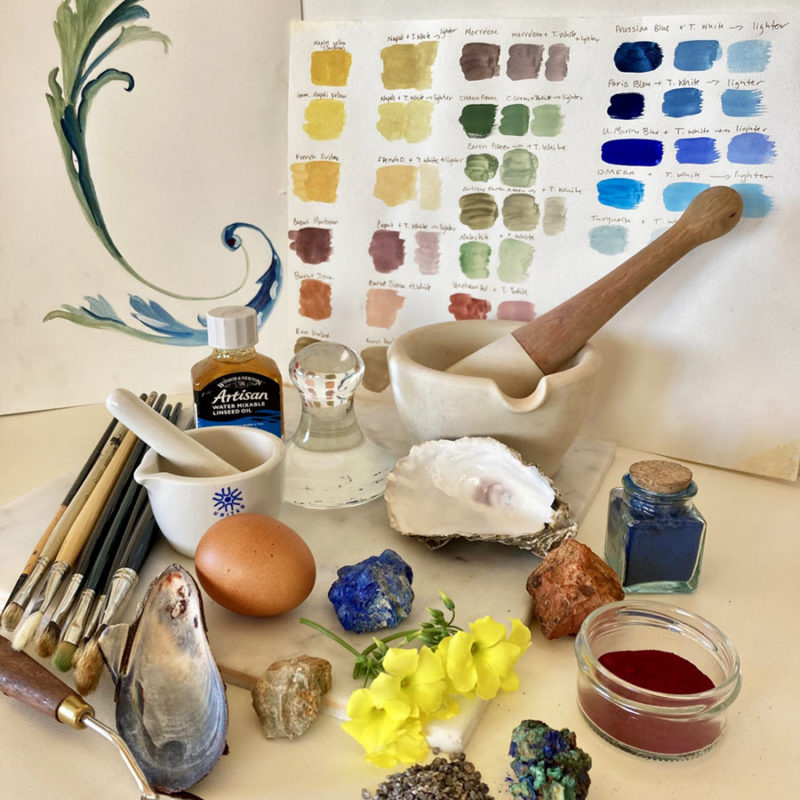
In-Person
Make your own paint! This course covers working with different tools, binders and surfaces; how to extract color from mineral and botanical based materials; and how to engage observational and experimental methods.
Adult Class
Thursdays, 1pm-3pm
Oct 27 – Nov 17
Top image: Ice cube made using a mold created by a student in the ‘Food Safe Mold Making’ class
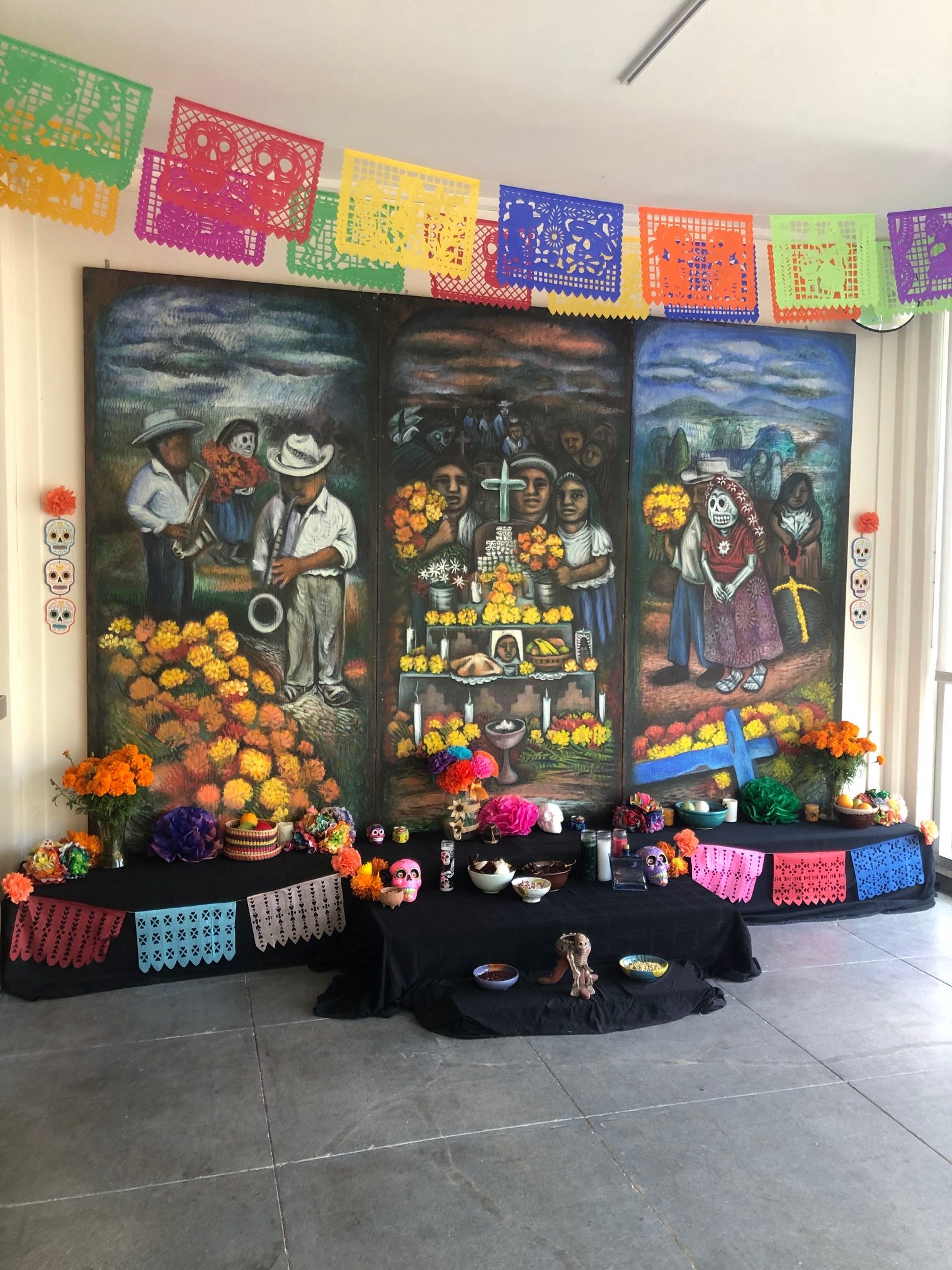
RAC’s community ofrenda featuring beautiful artwork by Danial Camacho is up in our west gallery.
Daniel invites community members to contribute items that honor their loved ones. He says, “Through an ofrenda we commemorate and remember the life and death of our loved ones. It is a celebration that allows us to carry them in our hearts and welcome them back to the world of the living for one night.”
Daniel invites the community to contribute a photograph of their loved ones and an object that represents something they loved, for example their favorite drink or snack, or a toy.
Items can be bought to Richmond Art Center any time during gallery hours (Wed-Sat 10am-4pm). The altar will be on display from October 15 through to the end of Día de los Muertos on November 3.
Daniel Camacho’s work is also currently on view at RAC in the exhibition De Fantasías y Realidades (September 14 – November 17, 2022).
SPECIAL EVENT: Join us on Saturday, October 15,12pm-3pm for a special celebration of Día de los Muertos. CLICK HERE for more info.
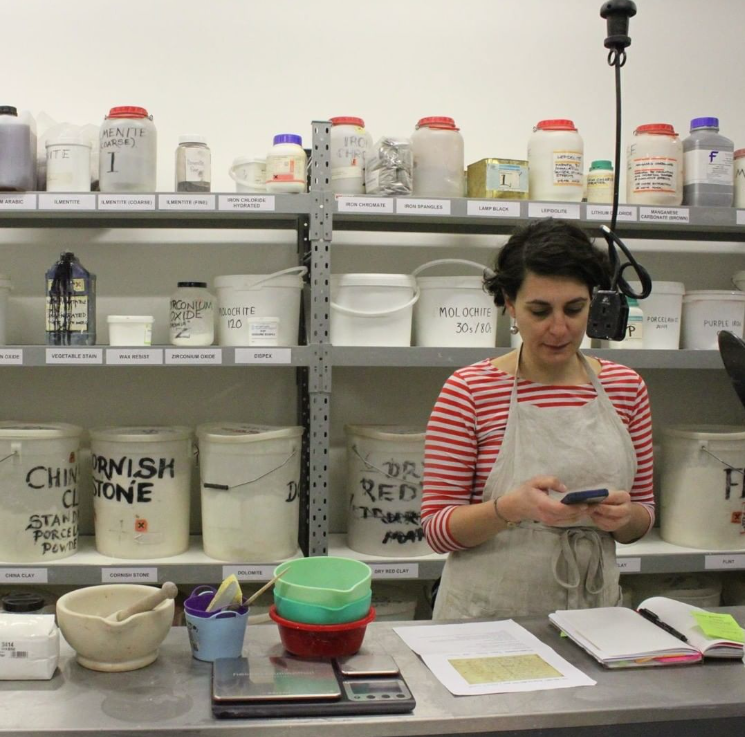
Eva-Maria Spampinato is an interdisciplinary artist, researcher and historian investigating art and design through the modes of craft, alchemy and the natural world. We spoke with Eva-Maria about her creative practice and the upcoming class Artechnē: Art & Technology of Paints she will be teaching at Richmond Art Center.
Please introduce yourself. Where are you from and what is your background?
My name is Eva-Maria Spampinato and I am an artist, researcher and historian. So I actually call myself the Historical Artist. I grew up in Albany. I’m a first generation American, my mother is from Sweden and my father is from Argentina. These two strong cultures have fueled my craving for art, since I was a little girl, with the desire to connect with my heritage through travel and study.
Tell us about these studies.
I received an art history degree from UC Santa Cruz, and studied at The Florence Academy of Art in Gothenburg, Sweden. To blend my academic training with my art practice I then did my graduate studies at the Royal College of Art in London, in the History of Design program in a collaboration with the Victoria & Albert Museum. In this course, I specialized in historical artisanal epistemology. In other words, alchemy, art and materials.
Really, two decades of studying, traveling and life experiences represents how much I really wanted a traditional craft apprenticeship that didn’t exist when I was a little. So I pieced together different programs and made my own way.
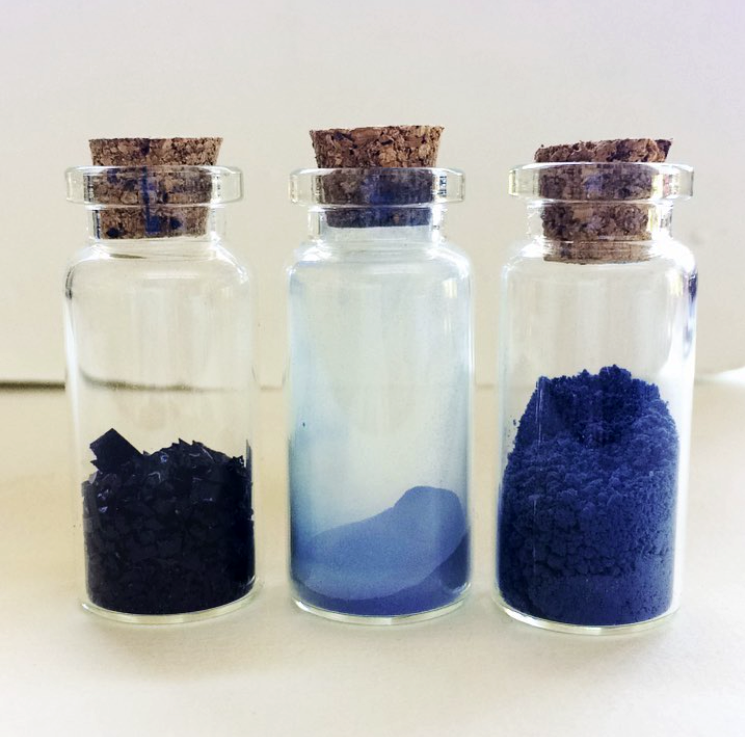
Can you please talk a little bit more about what artisanal epistemology is?
It’s how a craftsperson learns through empirical values. They use observation and experience simultaneously, rather than theory, to develop a creative practice. This is what I teach my students; how they can use exploration and curiosity to learn their craft and open new pathways for creative outlets.
So this is what you’ll be teaching in the class Artechnē: Art & Technology of Paints?
Yes, it’s about making paint through very hands-on and practical alchemy. I will not approach the class in a scientific way. I’m going to introduce experiences in order to open up one’s intuitive sensory knowledge. This is the traditional way, before the modern period.
In Artechnē (pronounced art-TECH-nay), students will start with a sourced material – like ochre from Oakland Hills, botanicals and even insects – to learn how color is extracted to create pigments. I will show how to engage with the tools. There’s going to be a lot of grinding, sieving, mulling, precipitation, washing, drying and more grinding! Then we’ll use different binders to create watercolor, egg tempera and pastels. Lastly, students will test the paint on different surfaces.

The emphasis of the class is on the craft: to learn how to listen to the materials as they are ground, to smell them, to sense their resistance and response. I will also include historical information alongside the hands-on learning, so students can appreciate the historical context for this craft.
Who is your class for? Do students need any art experience?
Artechnē is for anyone who is open to trying something new. No experience is necessary. It is especially great for people who want to learn to be comfortable with non-scientific processes or want to shift their perspective on materials and objects.
Artechnē is about opening our senses to new ways of thinking. I want to empower my students with curiosity so they can investigate anything and connect to nature’s offerings. So they can be comfortable finding their own processes. These lessons can be applied to many parts of our life. It’s playful!
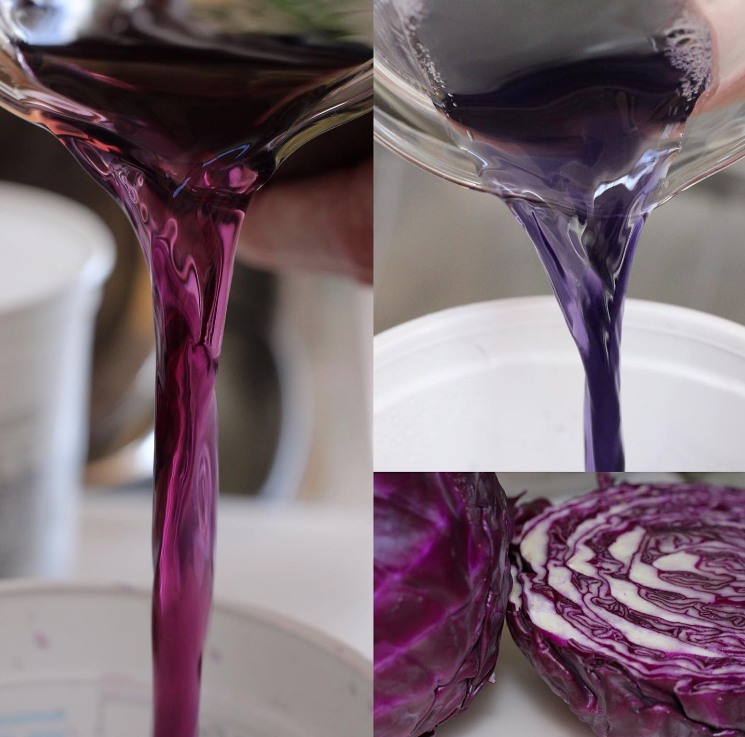
Eva-Maria Spampinato’s website is thehistoricalartist.com. She is also on Instagram @historicalartist.
Artechnē: Art & Technology of Paints runs on Thursdays 1pm to 3pm from October 27 through to November 17 at Richmond Art Center. CLICK HERE for more information and to register.
Top image: Eva-Maria Spampinato making cobalt frit glass for her MA dissertation. Photo by @celiadowson_ceramics
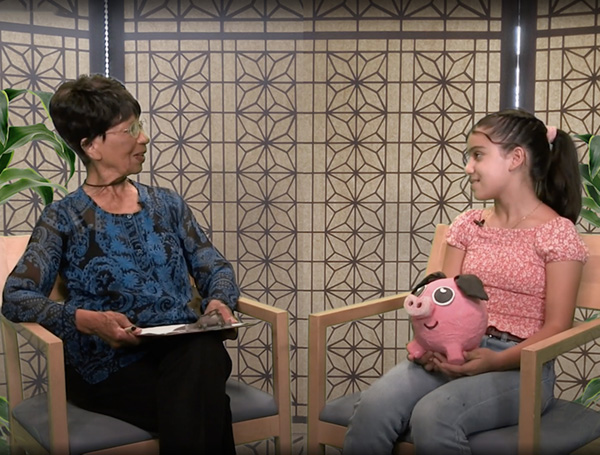
View the show on Berkeley Community Media Channel 28 on Monday 10/10 at 8:30pm, Wednesday 10/12 at 5pm, and Thursday 10/13 at 5pm (or on YouTube HERE)
For over thirty years Wee Poets on Channel 28 has supported literacy development through interviews with thousands of Bay Area children. This month Richmond Art Center is in the spotlight with host Sally Baker interviewing young artist Camila Robles and Executive Director José R. Rivera.
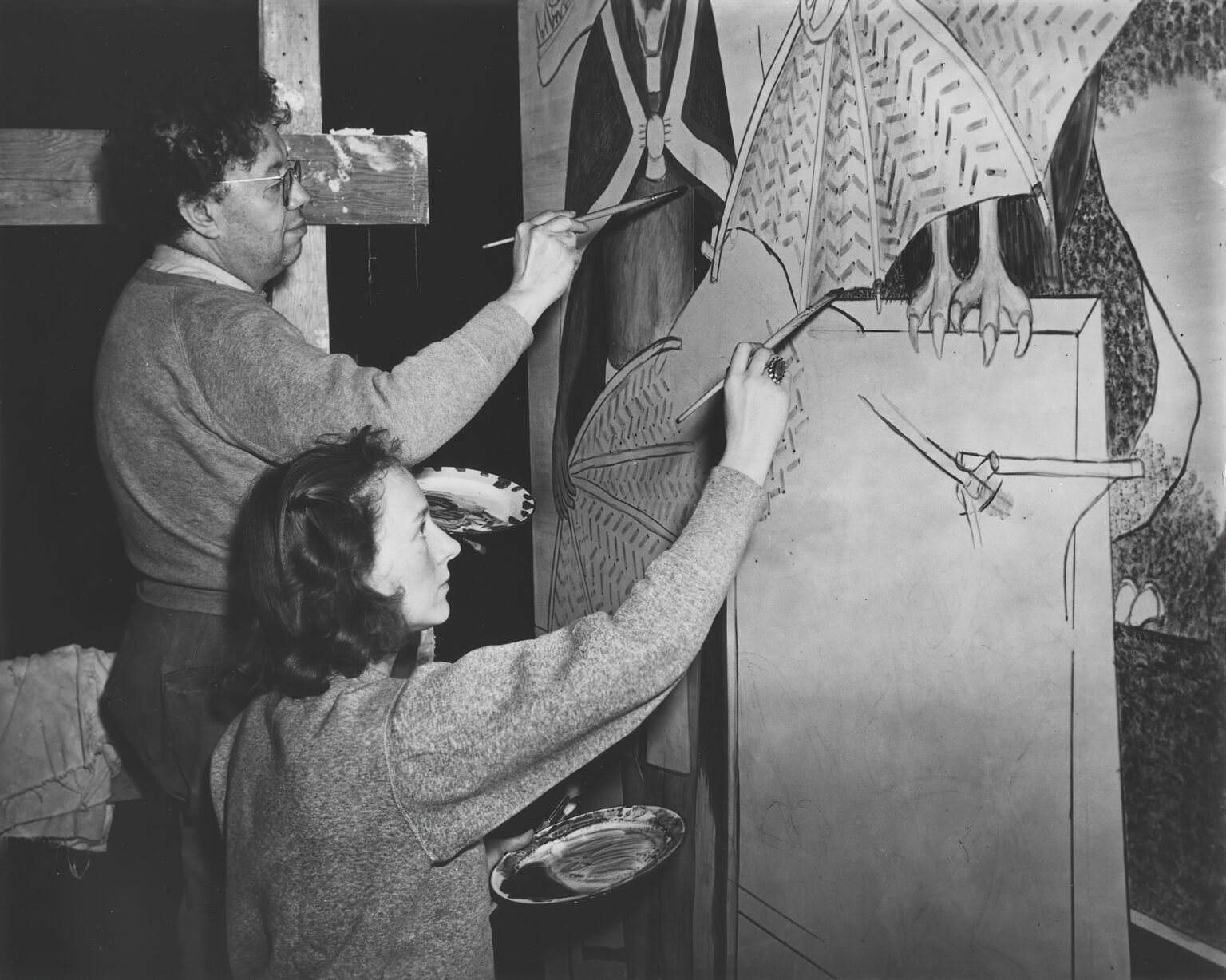
Published by Cal Humanities on September 29, 2022
Link: https://calhum.org/focus-on-the-humanities-through-an-interpretive-exhibition-emmy-lou-packard-artist-of-conscience/
Image Above: Diego Rivera & Emmy Lou Packard painting for the Golden Gate International Exposition, on Treasure Island in San Francisco Bay, 1938-40. Photograph Gelatin silver print, vintage. Courtesy of Throckmorton Gallery and Richmond Art Center
“Emmy Lou Packard: Artist of Conscience,” organized by the Richmond Art Center, was an interpretive exhibition – accompanied by a print publication and panel discussion event that was supported by a Humanities for All Quick Grant. The exhibition explored the legacy of artist and activist, Emmy Lou Packard (1914–1998), a remarkable, though over-looked, artist known for her paintings, prints and murals, as well as her social and political activism. We caught up with Amy Spencer, Project Director of “Emmy Lou Packard: Artist of Conscience,” who has shared Packard’s rich history with us, and has given us a look into the Richmond Art Center’s recent exhibit and programs exploring Packard’s life and work supported by a Humanities for All Quick Grant.
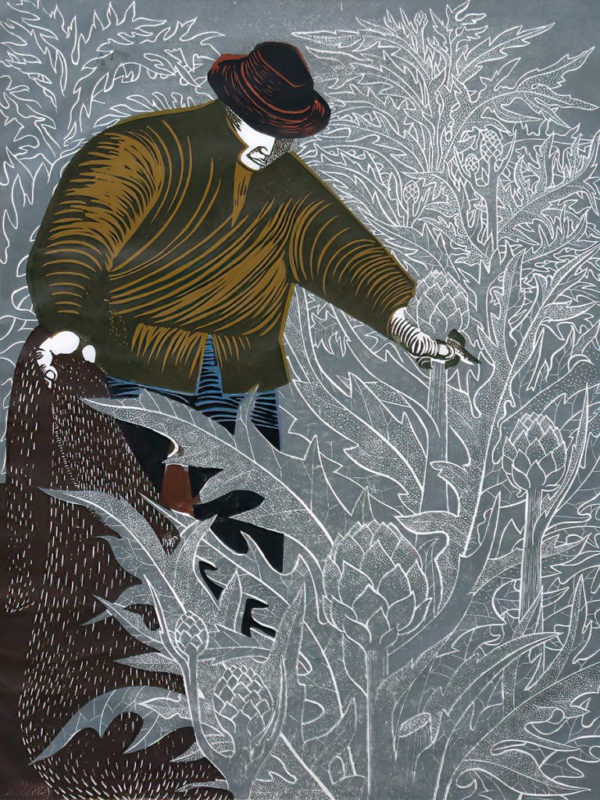
Emmy Lou Packard was a 20th century printmaker, painter, and activist whose work addressed issues of inequality—such as racial and gender discrimination, and low wages—that continue to confront us today.
Packard is perhaps best known for her relationship to the great muralist and painter, Diego Rivera. Born in Southern California in 1914, Packard lived briefly in Mexico as a child, where her mother convinced Rivera to give 12-year-old Packard art lessons. Later, when she was a young adult, Rivera invited Packard to be his chief assistant when he came to America to create the Pan American Unity fresco in San Francisco in 1940. Packard is depicted as a central figure in the mural—the artist in the red sweater standing at an easel.
Packard’s friendship with Rivera, as well as his wife Frida Kahlo, helped shape her political and artistic vision, yet it is her printmaking that made her a household name in the Bay Area during the 1950s and 1960s. Packard felt strongly that all people should be able to acquire beautiful art, and creating prints in multiples was the best way she could make her artwork accessible. Her prints promoted the dignity of labor, celebrated the beauty of the natural environment, and progressive principles such as peace, diversity and the joy of children. Packard’s most famous work, Peace is a Human Right (1949), was used in posters and billboards protesting nuclear weapons and the Vietnam war.
With support from California Humanities, Richmond Art Center presented the exhibition Emmy Lou Packard: Artist of Conscience (June 22 – August 20, 2022), the largest survey of Packard’s work ever put together. Curated by Robbin Légère Henderson and Rick Tejada-Flores, the exhibition included over 70 artworks, sketches, objects, and ephemera organized around key periods of Packard’s life and work. It was a critical and popular success: over 3,500 visitors attended the exhibition and related public programs at Richmond Art Center this summer.
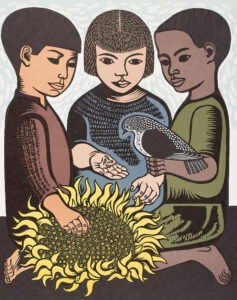
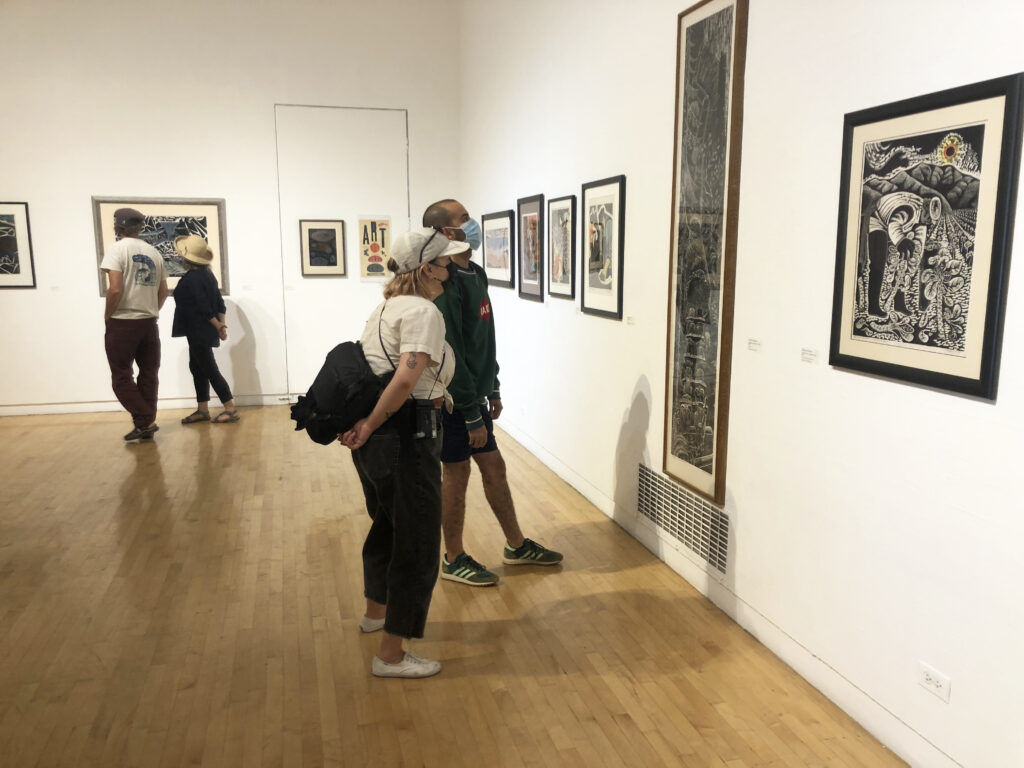
Public events presented with Emmy Lou Packard: Artist of Conscience offered the opportunity for audiences to dig deeper into Emmy Lou Packard’s artistry and influence.
Towards the end of her life Packard was admired by many young artists in San Francisco whom she mentored. Among these artists were Jesus “Chuy” Campusano, Luis Cortázar, and Michael Rios who called themselves “Los Tres.” Susan Cervantes, founder of Precita Eyes Muralists Association, was also a devoted mentee and friend, as were members of Las Mujeres Muralistas who painted the murals on the San Francisco Women’s Building.
For the exhibition the curators were able to borrow Packard’s original press, tools, and linoleum blocks from Precita Eyes. For a special public program master printer Art Hazelwood gave a demonstration of the press in action. With permission from Packard’s family, Hazelwood demonstrated Packard’s unique color-blocking technique using the linoleum block for Someone Has to Suffer, Madam (1950s). This work depicts a businessman with a pig’s head with war contracts in his back pocket. The pig-man has his arm around the shoulders of a grief-stricken woman. This is one of Packard’s more overtly political works, which comments on the human cost of stock market greed especially during war times.
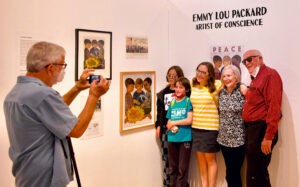
Richmond Art Center also collaborated with the San Francisco Museum of Modern Art’s exhibition Diego Rivera’s America for special events promoting the two shows, enhancing audiences for both exhibitions through performances by The Great Tortilla Conspiracy at each venue. The Great Tortilla Conspiracy created irreverent edible artwork (screen printed on tortillas) inspired by Emmy Lou Packard.
Step inside of the Richmond Art Center on the last day of the exhibition via this short Instagram video Video courtesy Richmond Art Center

Saturday, October 15,12pm-3pm | Free
Richmond Art Center
2540 Barrett Avenue, Richmond, CA 94804
richmondartcenter.org/familyday2022
Richmond, CA: Fall Family Day at Richmond Art Center (RAC) will be a special celebration of Día de los Muertos on Saturday, October 15, 12pm-3pm. Kids of all ages and their grown-ups are invited to RAC’s courtyard to celebrate Day of the Dead with art-making, music, and miniature low riders. Admission is free.
Artist Daniel Camacho is leading the festivities with a community ofrenda and paper mache skull workshop. Daniel’s work is currently on view at RAC in the exhibition De Fantasías y Realidades (September 14 – November 17, 2022).
Other activities at Fall Family Day will include a Día de los Muertos presentation by Ernesto Olmos; live printing and coloring with local art collective Liberación Gráfica; community chalk mural with Rebeca García-González; art demonstrations; marigold giveaway; search and find; and local art vendors.
For the ofrenda, Daniel Camacho invites community members to contribute items that honor their loves ones. Daniel says, “Through an ofrenda we commemorate and remember the life and death of our loved ones. It is a celebration that allows us to carry them in our hearts and welcome them back to the world of the living for one night.” Daniel invites the community to contribute a photograph of their loved ones and an object that represents something they loved, for example their favorite drink or snack, or a toy. Items can be bought to Richmond Art Center any time during gallery hours. The altar will be on display in the West Gallery from October 15 through to the end of Día de los Muertos on November 3.
In the calaverita workshop participants will learn to make paper mache skulls for a Día de los Muertos altar. This two day workshop – on Saturday, October 8, 12pm-2pm and Saturday, October 15, 12pm-2pm – is for participants ages six and older (although kids younger than ten should bring an adult to help). Register on RAC’s website to attend both workshops and make a calaverita from scratch. Alternatively, folks are invited to drop into the second session on October 15 at Fall Family Day to decorate a pre-made skull.
Richmond Art Center is located at 2540 Barrett Avenue in Richmond.
Covid-19 Prevention: Mask wearing is required in the galleries and indoor public spaces. Masks may be removed while in the courtyard.
Top image: Artwork by Daniel Camacho
—
About Richmond Art Center: Richmond Art Center has been sharing art and creating with the community since 1936. Our programs encompass classes, exhibitions and events at our facility in downtown Richmond, as well as off-site activities that bring free, high-quality art making experiences to WCCUSD schools and community partners. richmondartcenter.org
For more information contact: Amy Spencer, amy@richmondartcenter.org
###
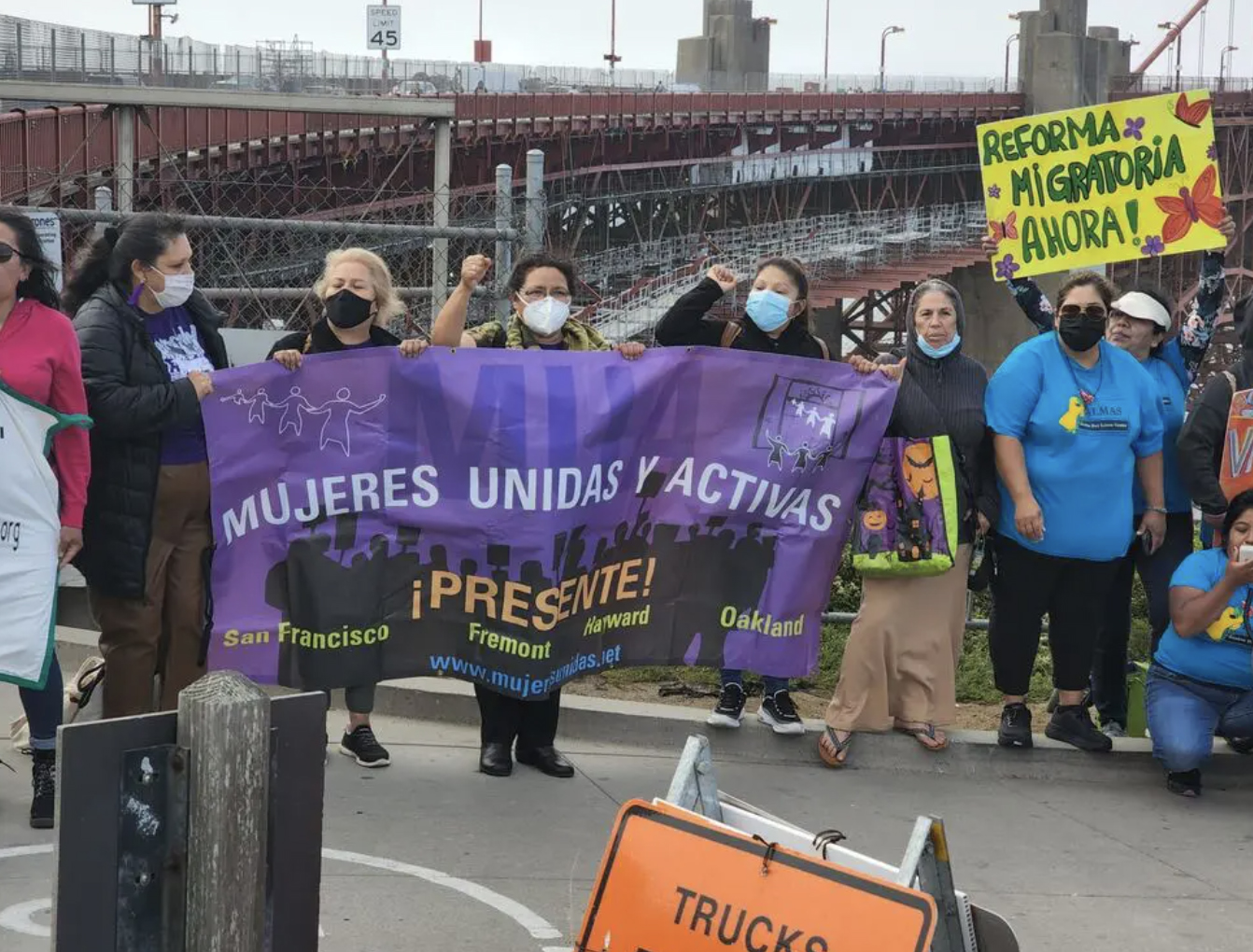
https://hispanicla.com/mujeres-unidas-y-activas-mua-tejiendo-solidaridad-71278
Por Adriana Briff
09/10/2022
Ser mujer y migrante latina es enfrentarse a la soledad y a los desafíos económicos, sociales y emocionales diarios. Muchas veces nos gana el desánimo frente a los hostigamientos y la discriminación.
Sin embargo hay espacios de encuentro y solidaridad desde donde enfrentar los días y construir la esperanza. Mujeres Unidas y Activas (MUA) es ese espacio de encuentro y solidaridad. Un entramado de hermandad como las prendas que nuestras abuelas fueron tejiendo en las noches de invierno de nuestras infancias y hoy nos amparan del frío de la vida.
El pasado mes, Mujeres Unidas y Activas, del área de la bahía de San Francisco, organizaron junto con NAKA Dance Theater y el Centro Arte de Richmond, un taller de creación manual para reflexionar sobre las distintas temáticas que atraviesa el colectivo femenino migrante.
Las miembras de MUA impartieron el taller usando diversos materiales como telas, hilos y papel para reflexionar sobre tres conceptos: corazón, comunidad y frontera. Tres ideas emblemáticas que atraviesan la vida de toda mujer migrante.
Leticia, la miembra encargada de coordinar el taller junto con Luciana, otra colaboradora, inició la jornada con una invitación: redefinir las palabras «comunidad», «corazón» y «frontera» desde los propios anhelos, los propios sueños y las propias convicciones.
“Vamos a adueñarnos de la palabra elegida. Una frontera puede ser para nosotros, algo muy diferente que lo que se nos ha impuesto como un lugar de exclusión.”
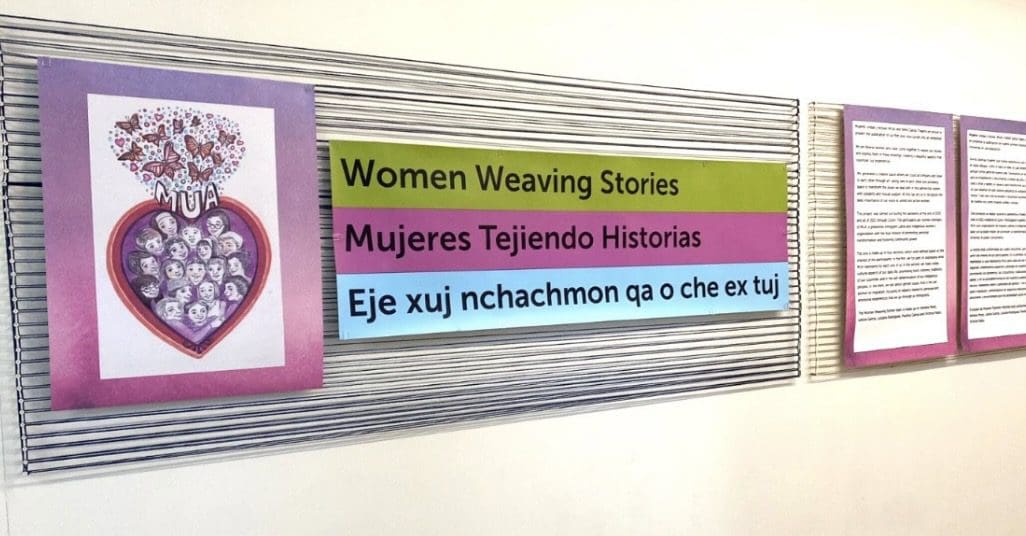
En un círculo de sillas, sobre el patio del Centro de Arte de Richmond, las mujeres se abocaron a la tarea, hermanadas por esta convocatoria. Un espacio seguro donde se sienten contenidas.
Alicia eligió trabajar desde su propio concepto de frontera. Han pasado más de 29 años y todavía se le corta la voz al verbalizar esta palabra. Su relato está aún impregnado de la arena áspera de la experiencia dura del desierto que tuvo que cruzar y que la alejó de su casa para siempre.
Nunca más pudo volver a su México natal.
Quienes hemos emigrado desde el privilegio del pasaporte, el avión y la valija, no podemos imaginar el dolor que queda en el cuerpo y en el corazón de estas mujeres que han atravesado la frontera arriesgando sus vidas.
Historias de dolor que no cuentan, pero que traen en la voz que se desgaja cuando la memoria revive la travesía. El dolor de haber dejado sus casas, sus familias, sus objetos, sus olores.
Muchas de ellas enfrentan todos los días la dura disyuntiva de criar como propios, niños de otros; habiendo tenido que dejar sus propios hijos por la necesidad imperiosa de generar dinero para sustentarlos.
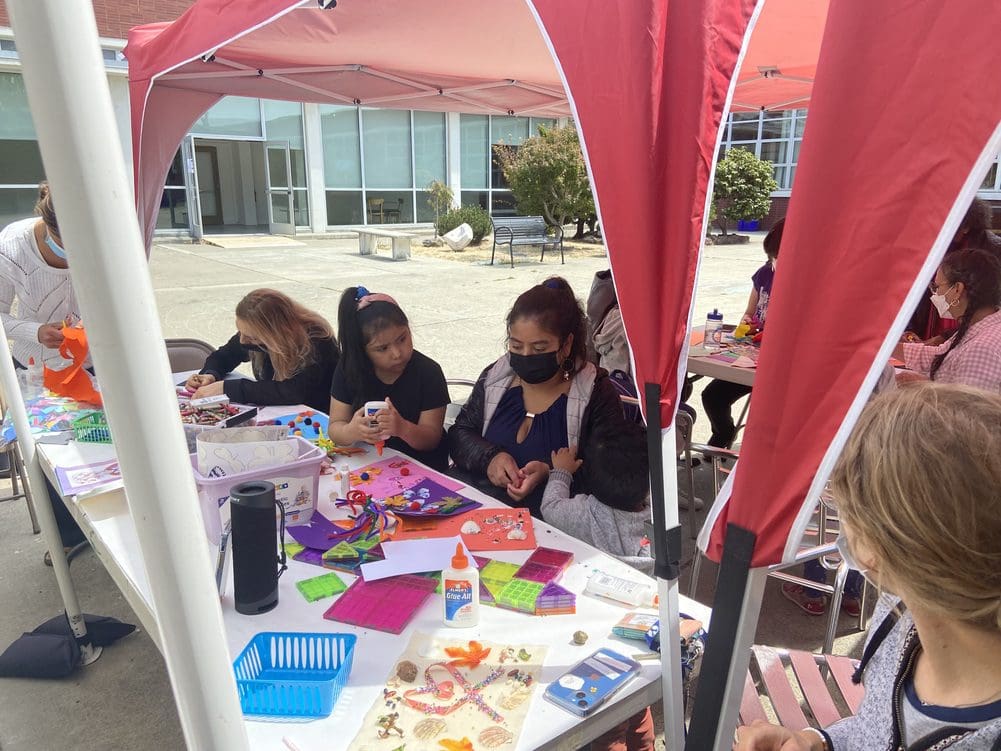
Es un alto precio no poder volver a ver a los suyos, no poder volver para velar a sus muertos y viviendo sin solución en esta ilegalidad que las pone en las márgenes del lugar que habitan.
Lee también: Crisis argentina y las maniobras bajo la tempestad
“Perdimos nuestro tierra y acá no pertenecemos”, dice una participante mientras expone su trabajo. Ella ha elegido diseñar un corazón partido.
Para estas mujeres, MUA es esa familia, ese hogar, ese lugar de escucha, donde pueden confiar sus dolores y sus penas sabiendo que serán entendidas y cuidadas. Un lugar a salvo de la discriminación y el miedo constante que da «ser ilegal».
Doña Julita tiene más de 70 años y vive desde hace tiempo en el barrio La Misión, en San Francisco. Esa tarde esperó en una esquina que una colaboradora de MUA pasara a buscarla en su auto para llevarla a Richmond. En agradecimiento, le tejió un almohadón en crochet. Julita es viuda y ha dejado en Guatemala a sus hijos y a sus nietos. “Acá me he quedado”, dice.
“No manejo porque el costo del gas se ha vuelto imposible y las multas de parqueo también son altísimas. Si recibimos una multa, ni vale haber salido a trabajar. Así que yo ando en (el tren) Bart y me he memorizado todos los recorridos”.
Con una sonrisa cuenta la buena suerte de haber encontrado un autobús gratis que la lleva desde la estación de subterráneo hasta el centro de la ciudad de Walnut Creek donde trabaja. “De allí camino hasta la casa donde voy a limpiar dos veces por semana. Todo está muy caro, ahora”, remarca Julita que emigró a California en 1986.

Las mayoría de las mujeres, son trabajadoras del hogar. El sábado es ese día feriado, ese día personal para estar con sus compañeras.
Van presentando sus trabajos, explican sus dibujos y diseños. Muchas de ellas recrean en sus dibujos, los nopales y los nogales, las plantas de esos jardines que dejaron atrás. Ellas vinieron a plantar, con su esfuerzo, semillas de esperanza en esta tierra que no las reconoce como ciudadanas legales pese al tiempo que llevan habitando aquí.
En MUA encuentran un terreno que las contiene, las convoca para reconocerse, para reafirmarse en sus identidades y para dejar de ser invisibles.
Desde su inicio en 1989, MUA ha mantenido la doble misión de fortalecer a las mujeres migrantes latinas y ejercer el activismo en defensa de los derechos migrantes y la justicia social.
Desde un trabajo comprometido y constante, ha permitido que ciento de mujeres salgan de la violencia doméstica y se conviertan en líderes de la comunidad que apoyan y defienden los derechos de los migrantes y las luchas sociales por una mayor justicia.
En 1993 MUA ganó el derecho de protecciones para las mujeres inmigrantes sobrevivientes, que está incluido en la Ley Federal de Violencia contra la Mujer (VAWA). Se movilizó contra la Proposición antiinmigrante 187 y también se manifiestó contra las devastadoras propuestas nacionales de reformas de bienestar e inmigración. Luchó con éxito contra los intentos de Pete Wilson de eliminar el derecho de las mujeres inmigrantes a la atención prenatal y cuidado y lanzó la campaña “Caring Hands”, en 1994, para construir la seguridad económica de las mujeres inmigrantes.
Lee también: Aborto: sigue el ataque contra la mujer
En 1998 MUA logró el sueño de abrir su segunda oficina en Oakland, California. Allí organiza capacitaciones, con padres líderes de la Asociación Progresista China, que buscan mejorar los derechos de los inmigrantes en el distrito escolar de San Francisco. A su vez, a través del Fondo de Prevención a la Violencia Familiar, comenzó a ofrecer servicios de asistencia técnica.

En 2004, MUA comenzó a liderar otro esfuerzo promoviendo la Declaración de los Derechos de las Trabajadoras del Hogar de California, ley que finalmente se aprobó en 2016.
Desde entonces, MUA confrontó la creciente amenaza de deportaciones trabajando para fortalecer la ley santuario local y estatal, incluida la aprobación de AB 54 (la Ley de VALORES de California) y AB 32 (fin de los contratos privados de detención de inmigrantes en California).
MUA también es cofundador de SFILEN (Red de Educación Legal para Inmigrantes en San Francisco) y de su homóloga ACILEP ( Asociación de Educación Legal para Inmigrantes del Condado de Alameda), trabajando para fortalecer las políticas de santuario locales.
Las miembras de MUA lideraron decenas de protestas contra la separación de familias y, en 2018, lanzaron el proyecto Defensoras, para apoyar a las mujeres que buscan asilo y/o confrontan la posibilidad de ser deportadas.
En 2018, Juana Flores, codirectora y miembra fundadora de MUA, se convirtió en directora ejecutiva. Un hito en el liderazgo de los miembros. En el 2019, lanzó una nueva campaña para defender el derecho de asilo, que se concretó en 2021.
Defensoras tuvieron una participación activa al declarar en el nuevo Departamento de Justicia liderado por el fiscal Merrick Garland y ayudaron a revertir las políticas implementadas por Donald Trump que negaban el asilo a las sobrevivientes de violencia doméstica.
Los servicios y programas de capacitación de MUA continúan creciendo. Primero, a través de dos programas piloto en Fremont y Hayward y luego, en 2018, al consolidar esos programas en un sitio más permanente en Union City.
El personal de MUA desarrolla un plan de estudios para capacitar a las agencias principales en la prestación de servicios culturalmente sensibles para inmigrantes latinas sobrevivientes, a través de la Red de Violencia Doméstica Culturalmente Apropiada, y líderes de MUA viajan por todo el estado para brindar capacitación al personal de los refugios VD y a las agencias gubernamentales.
Lee también: Crisis de seguridad alimentaria en Brasil
Cientos de miembras perdieron sus empleos y muchas contrajeron COVID. MUA trabajó con sus redes de aliados para establecer la distribución de alimentos y dar ayuda efectiva a quienes la precisaran, a través del Fondo de Ayuda para Familiares Inmigrantes con COVID-19 de MUA. Se distribuyeron más de $800,000 a unas 650 familias inmigrantes.
MUA cambió todos sus programas para operar de forma remota.
A través de talleres regulares en Facebook, MUA ha dado entrenamiento y contención a cientos de familias aisladas durante la pandemia.
Una de las tareas primordiales de MUA es la de preparar a sus miembras para movilizar el voto latino y realizar actividades políticas a través de campañas de divulgación digital.
En el año 2021, MUA y otros integrantes de la Coalición de Trabajadoras del Hogar de California re-introdujeron el proyecto de ley de Salud y Seguridad para las Trabajadoras del Hogar, consiguiendo que esta vez el gobernador Newson lo firmara. Después que cientos de trabajadoras del hogar y cuidadoras de pacientes fueran expuestas a COVID en el trabajo, la ley es un paso adelante para que estas trabajadoras tengan el derecho a protecciones laborales básicas.

En sus proyectos de arte, muchas de las mujeres en el taller eligen diseñar mariposas. La mariposa es el símbolo de MUA. Es la oruga que, lentamente, va despegando sus alas para volar. En MUA, las mujeres migrantes se saben respaldadas para generar herramientas concretas que las ayuden a defenderse de la injusticia racial, la violencia de género y la injusticia económica.
Habiendo luchado durante más de 30 años, Mujeres Unidas sabe que no retrocederá. Han construido una herramienta para hacer frente a la adversidad, desde la solidaridad.
Para más información, visite www.mujeresunidas.net o busque Mujeres Unidas y Activas en Facebook e Instagram.
Este artículo fue apoyado en su totalidad, o en parte, por fondos proporcionados por el Estado de California y administrados por la Biblioteca del Estado de California.